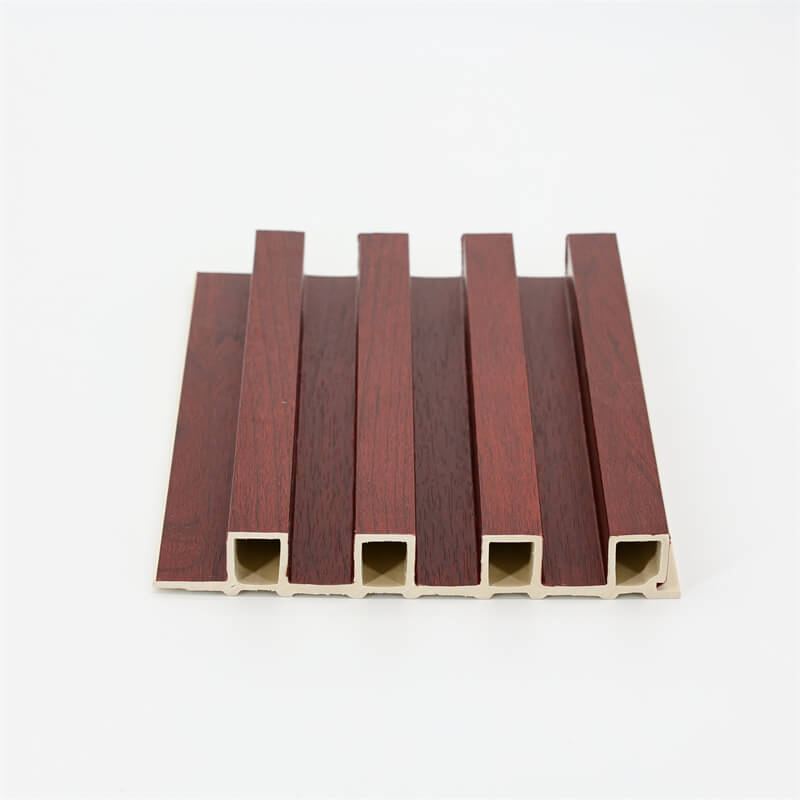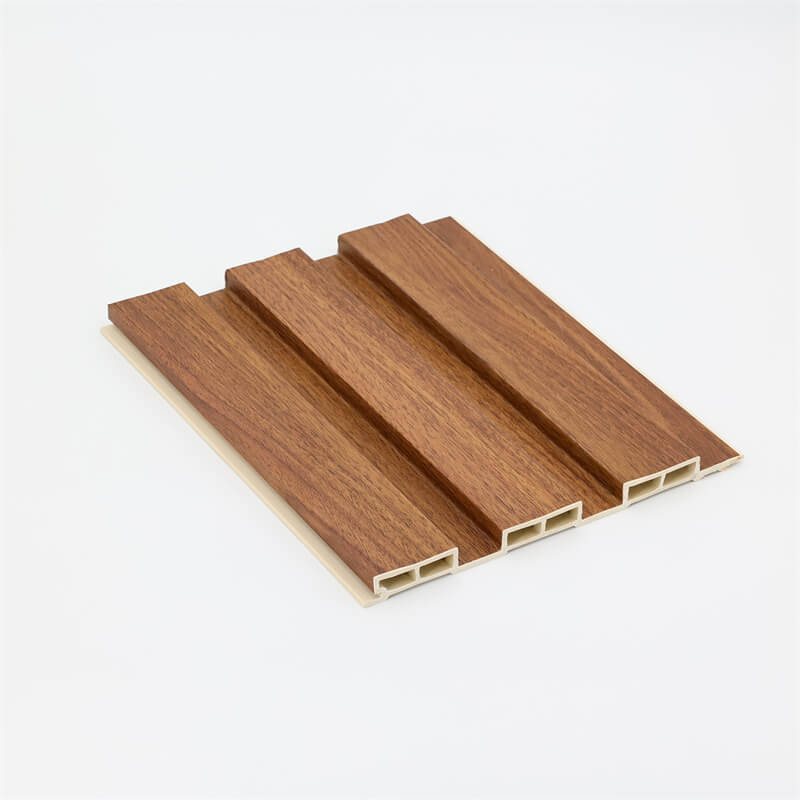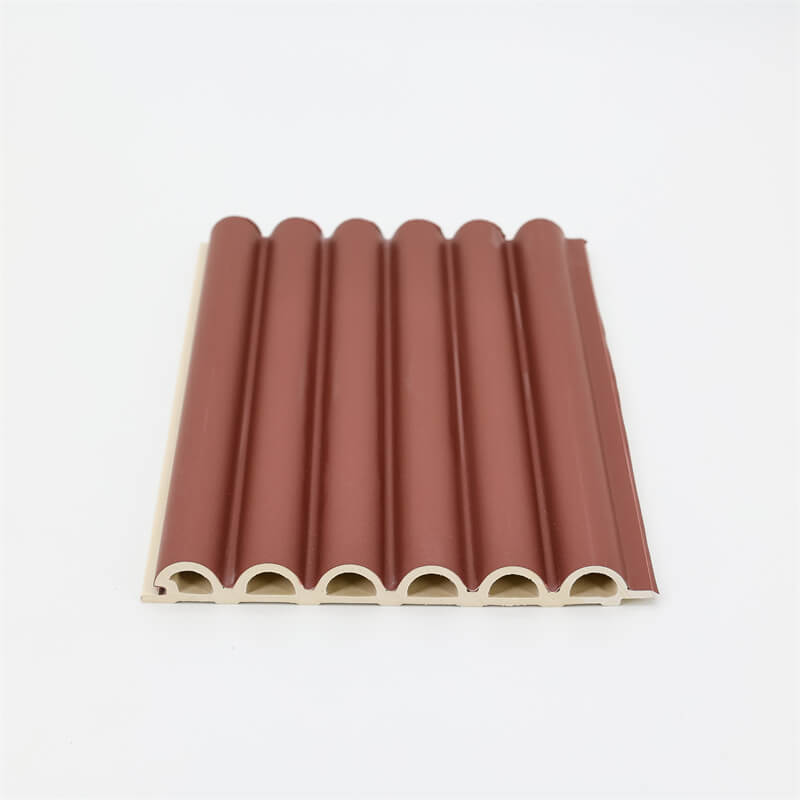
When it comes to wall cladding, choosing the right material is crucial for achieving both aesthetic appeal and durability.
While traditional materials like wood, brick, and stone have long been popular choices, WPC (Wood Plastic Composite) wall panels have emerged as a compelling alternative.
WPC panels offer a unique combination of benefits, including low maintenance, durability, and eco-friendliness.
In this article, we will explore the key differences between WPC wall panels and traditional materials, helping you make an informed decision for your next construction or renovation project.
Material Composition and Durability
One of the primary differences between WPC wall panels and traditional materials lies in their material composition and resulting durability.
Traditional materials like wood, brick, and stone have their inherent strengths but are also prone to certain limitations.
Wood is susceptible to rot, decay, and insect infestation, requiring regular maintenance and treatment.
Brick and stone may be durable but can be heavy and require skilled labor for installation.
On the other hand, WPC wall panels are composed of a blend of wood fibers, thermoplastics, and additives.
This composition gives them enhanced durability, resistance to moisture, and immunity to insects and rot.
WPC panels can withstand harsh weather conditions, making them a long-lasting and low-maintenance option for wall cladding.

Aesthetics and Design Options
Aesthetics play a vital role in choosing wall cladding materials.
Traditional materials like wood, brick, and stone offer a natural and timeless appeal, each with its unique textures and colors.
However, WPC wall panels have made significant strides in replicating the natural look of wood grains and textures while offering more design versatility.
WPC panels come in a wide range of finishes, patterns, and colors, allowing for greater customization to match various design styles.
Whether you prefer a contemporary, rustic, or modern look, WPC panels offer a diverse array of design options, enabling you to achieve the desired aesthetic for your project.
Installation and Maintenance
The installation process and maintenance requirements are important factors to consider when comparing WPC wall panels to traditional materials.
Traditional materials often require skilled labor, specialized tools, and extensive time for installation.
In contrast, WPC panels are designed for easy installation, often utilizing a clip or adhesive system that simplifies the process.
This saves time and labor costs, making WPC panels a more efficient choice.
Additionally, WPC panels are low maintenance compared to traditional materials.
They do not require painting, sealing, or regular treatments to maintain their appearance.
Cleaning WPC panels is as simple as using mild detergent and water, making them a convenient option for busy homeowners or commercial spaces.

Environmental Considerations
In today’s environmentally conscious world, the impact of construction materials on the planet is a significant concern.
Traditional materials like wood and stone, while natural, often require extensive harvesting or quarrying, leading to deforestation and habitat destruction.
In contrast, WPC wall panels offer a more sustainable and eco-friendly alternative.
These panels are typically made from recycled materials, such as wood fibers from sawdust or agricultural by-products, combined with recycled plastic.
Using WPC panels reduces waste, lowers carbon emissions, and contributes to the conservation of natural resources. Furthermore, WPC panels are often recyclable themselves, adding to their eco-friendliness.
Conclusion: WPC wall panels provide a compelling alternative to traditional materials like wood, brick, and stone.
With their enhanced durability, design versatility, easy installation, and low maintenance requirements, WPC panels offer distinct advantages.
They provide a natural aesthetic without the drawbacks of traditional materials, such as rot, insect infestation, or extensive maintenance.
Additionally, the eco-friendliness of WPC panels, made from recycled materials, aligns with sustainable construction practices.
Consider these key differences between WPC wall panels and traditional materials to make an informed decision that suits your project’s requirements and priorities.
